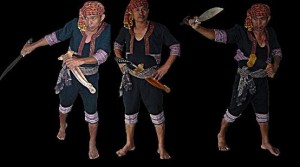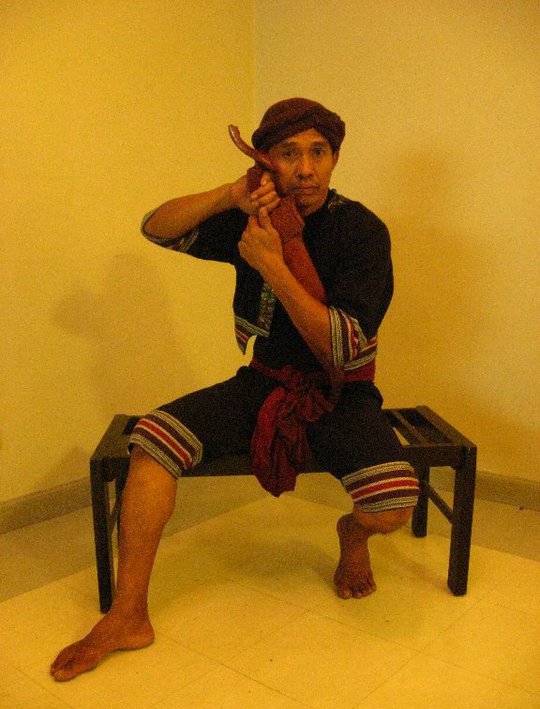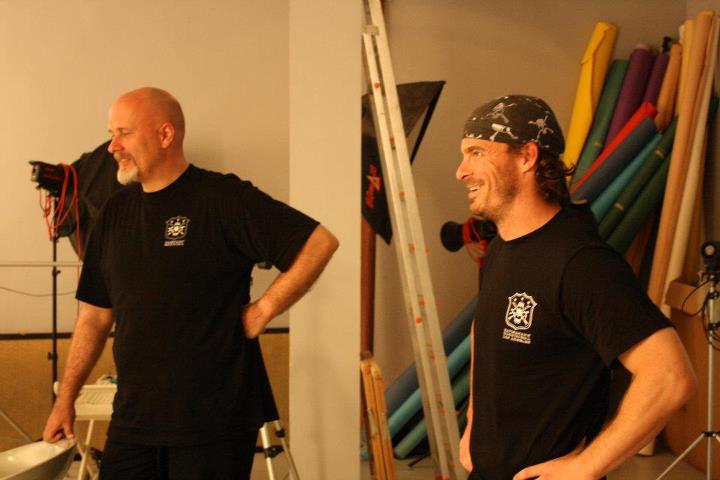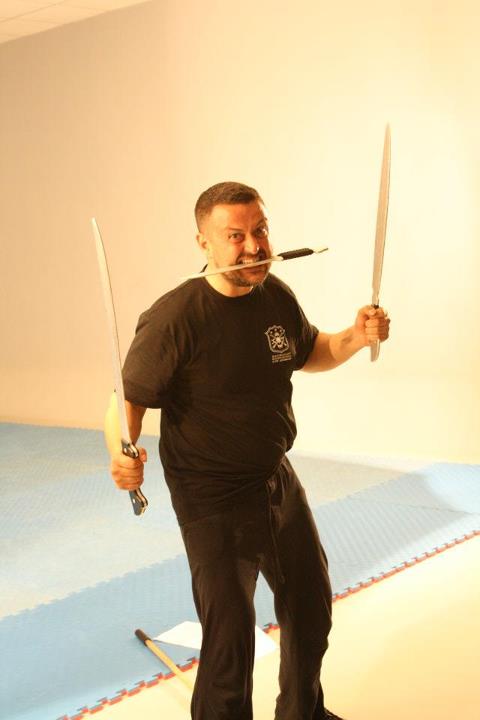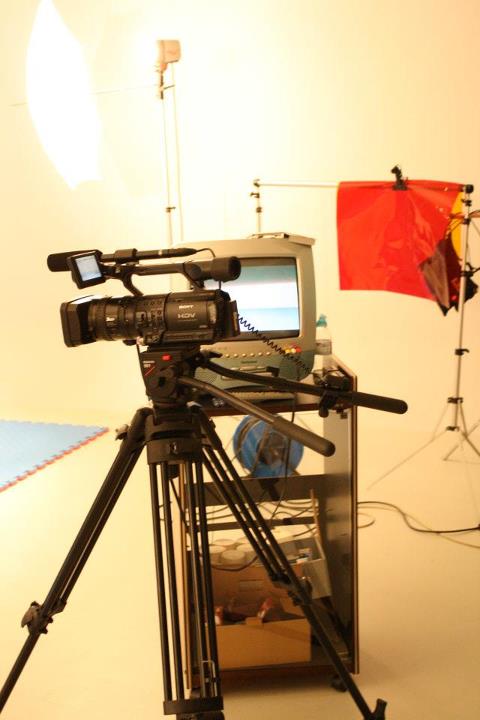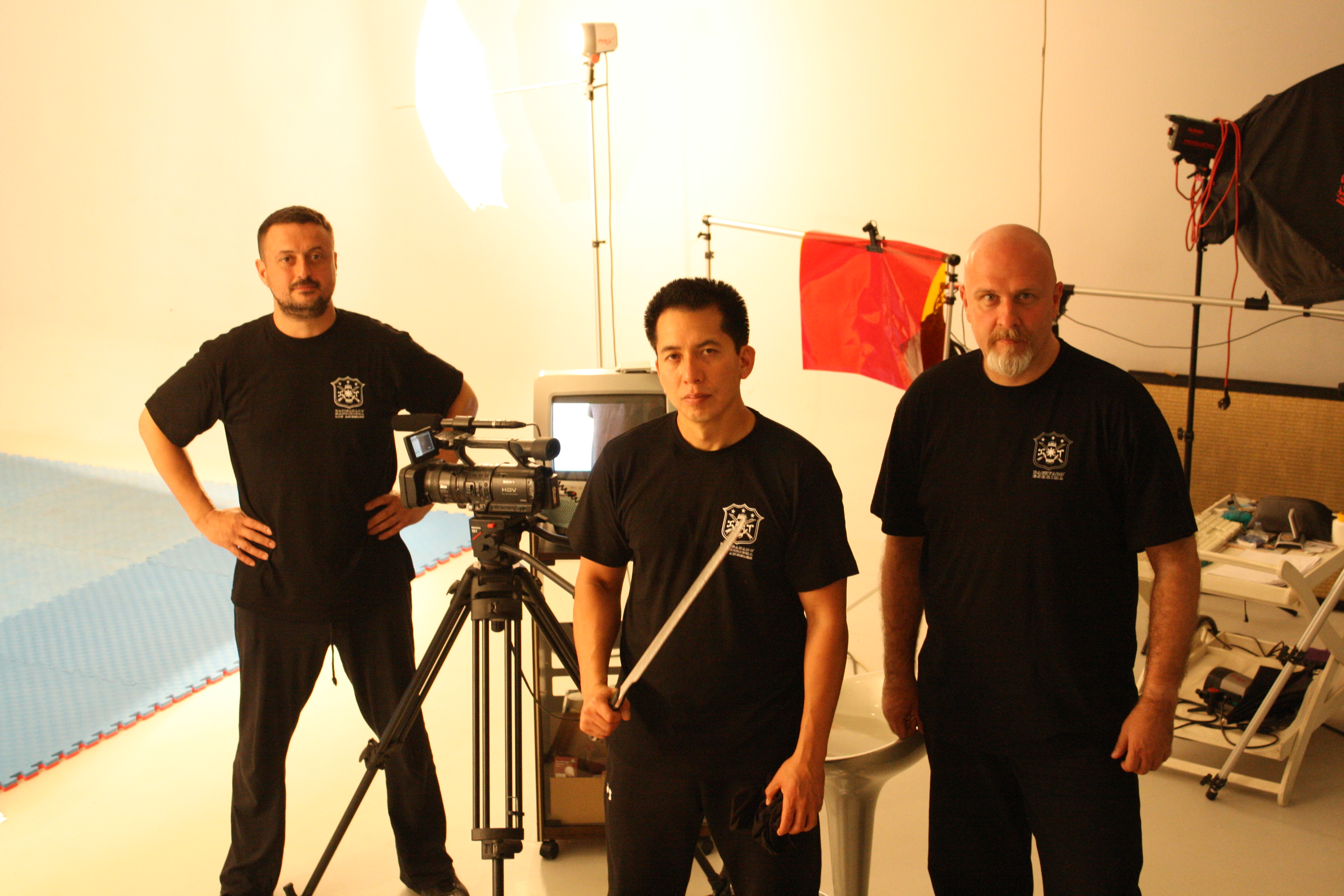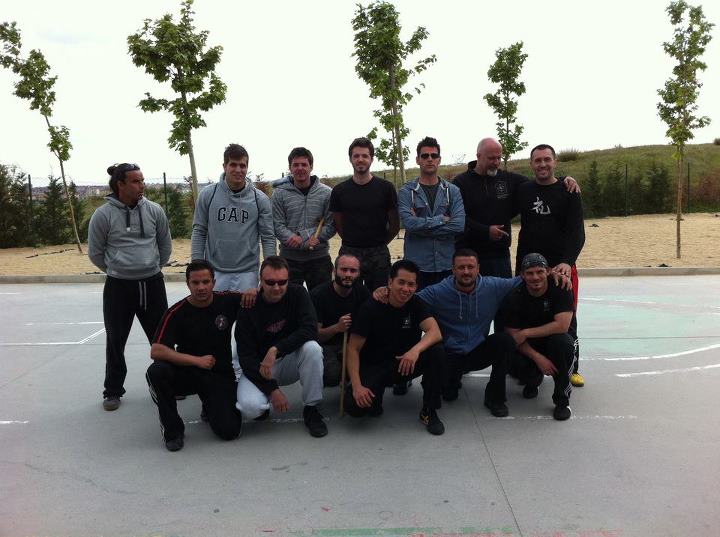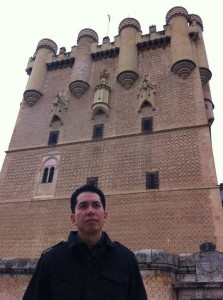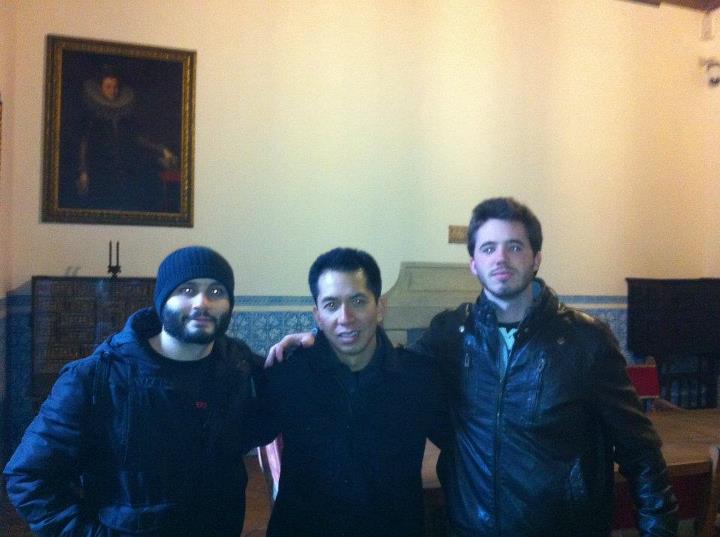Short Interview with Grandmaster “Yuli” Romo, Bahad Zubu
INTERVIEW WITH GRANDMASTER “YULI” ROMO
Interview conducted at: DAHIKAN WHITE BEACH RESORT, PILAR, CAMOTES, CEBU, PHILIPPINE ARCHIPELAGO, MAY 25TH, 2008
Q: How is Bahad Zubu different from other Martial Arts?
YR:
I have researched and restored the ancient Filipino Fighting arts of the Philippine Archipelago. “Fighting Arts” is different from “Martial Arts”. The Filipino warriors of ancient times didn’t know what was 1,2,3 or a,b,c but they knew how to fight like a cat knows how to be a cat.
“Martial” to me means something rigid and prescriptive. Bahad Zubu is intuitive and natural. It is not a “Mixed” martial art that employs different “techniques” at different ranges. Nor does it have any un-natural stances just “Situational Footwork”. Step in, Step Out. Kompass 1 (right foot), compass 2 (left foot). That’s it.
Q: How is it possible to teach the art of Bahad Zubu in just 20 sessions?
YR:
Generic basics and proper learning and understanding.
All we need is forehand and backhand, Compass 1 and Compass 2, touch and un-touch. These simple basics. Of course, we need correct balance, posture and co-ordination. For example the 3 different levels upper (neck / chest), middle (hips) and bottom (legs, heels / toes) need to move as one.
Before there were no gyms, clubs or instructors. “Proper Learning” is done by observation. “Proper Understanding” is having a friend to check you and practice with. Without “Proper Learning” you can not have “Proper Understanding” and vice versa.
Bahad Zubu is a very natural fighting art. It is not taught like the common group era or by mass practice. It is taught 1 on 1 by intuitive interactive drills.
Q: How can you learn to “Control the fight”?
YR:
With simple basics you can fight. Of course, you need tactics to be able to handle the fight. Bahad Zubu is a “Situational and multiple distractive tactics”. You must bait your opponent. Things like dis-arms are all just options. Everything that happens in the fight is unexpected and intuitive so you must practice the basics.
Simple basics – most advanced!
Q Why do you think many people practice “Un-Natural” Martial Arts?
YR:
I hink their minds are poisoned like the serpent in the garden of Eden. We are not tigers, snakes, cranes, etc, etc. We are the top animal. The most evolved. So their mind is confused. For me these arts are good for entertainment but not for the challenge of combat. Unfortunately these “un-natural” arts are the most common.
Q : A student from another group invites one of your students to spar. How should your student re-act?
YR: That is the time to test our individual skill.
In Bahad Zubu we do not have padded sticks and helmets for sparring. We spar with live sticks. At the end of the 80’s and in the 90’s my Kali Parmatukan group competed in WEKAF tournaments and won a stack of medals. Now we just use padded sticks for practice. Obviously if we practice with live sticks we will not be able to train due to the injuries caused.
Once you have all that padding on it stops being a “Fighting Art” and becomes a sport. Also, there are certain strikes you can not perform with a padded stick due to it not being rigid. So, if anybody wants to spar with “live” stick that is good for our group.
From: www.bahadzubughq.com
